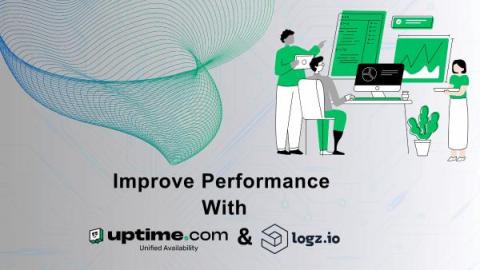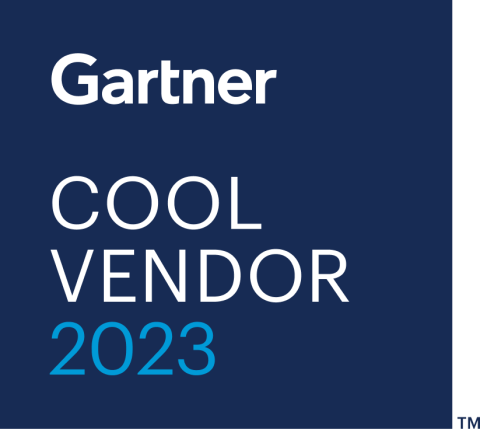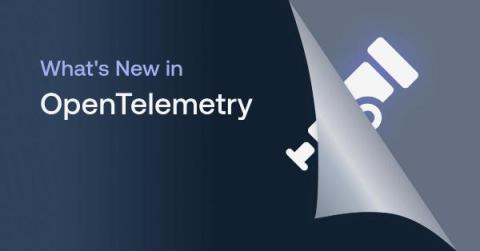3 Ways FinTechs Can Improve Cloud Observability at Scale
Financial technology (FinTech) companies today are shaping how consumers will save, spend, invest, and borrow in the economy of the future. But with that innovation comes a critical need for scalable cloud observability solutions that can support FinTech application performance, security, and compliance objectives through periods of exponential customer growth. In this blog, we explore why cloud observability is becoming increasingly vital for FinTech companies and three ways that FinTechs can improve cloud observability at scale.











